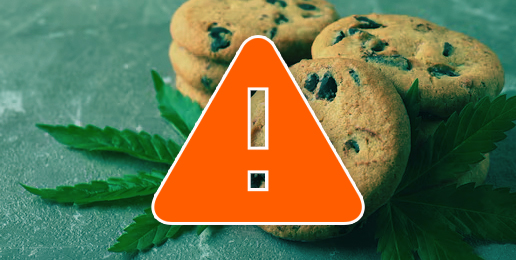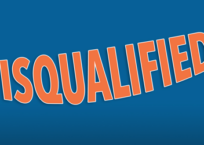
Despite our explicit warnings to policymakers and citizens statewide about the perils of so-called “recreational” marijuana, our concerns are coming to fruition. Foremost among our concerns, and a point we emphatically stressed, was the insidious threat posed by marijuana edibles – including candies, baked goods, and beverages. Our most urgent admonition centered on the alarmingly deceptive look-alike packaging that directly mimics familiar snacks appealing to children.
Reckless policies regarding high-THC marijuana are having devastating consequences, with children bearing the brunt of this failure. Bad policies have consequences.
Twenty-two students who attend the Fort Dearborn Elementary School in Chicago’s South Side were rushed to Christ Hospital on this past week, after consuming cookies laced with THC, the psychoactive compound in marijuana. Of the 22 who ate the drugged cookies, 11 needed treatment.
They are still investigating where the cookies came from and how they got into the school. One parent said that she didn’t think the cookies were packaged, which could indicate they were homemade and brought to the school – something not commonly done by children.
And just days earlier, police say a woman handed out THC-laced chocolate to as many as four children in a park in nearby Wheeling, Illinois.
Dagmara J. Rouse, 48, of Robbins, was later arrested and charged with 12 misdemeanors, including four counts of delivery of cannabis to a minor, four counts of contributing to the delinquency of a minor, and four counts of endangering the life or health of a child.
Unfortunately, these aren’t isolated events. As marijuana use among adults increases, children are increasingly consuming THC-laced edibles and other marijuana products.
In June 2024, the Chicago Tribune reported that edible cannabis consumption among children has been rising ever since it was legalized by Illinois lawmakers in 2020.
Cases of cannabis exposure reported to the Illinois Poison Center more than doubled, from 505 in 2019 to 1,045 in 2023.
But children’s exposure to marijuana in other forms has also continued to rise due to legalization. Nationally, exposures in children five and younger increased 1,375% from 2017 to 2021, with a comparable rise in the rate of hospitalizations.
Adding to this growing problem are hemp-derived products, which are nationally unregulated. Hemp naturally contains a small amount of THC. But manufacturers have found ways to increase the THC content, in some cases to the same level as marijuana. Unlike marijuana, hemp doesn’t have an age restriction. Like marijuana, the amount of THC can be increased, making the finished hemp product very potent.
Nationally, in 2022, there were 3,358 cases of hemp delta-8-THC exposures reported to U.S. poison centers. These numbers concern health officials.
In the 1960s and 70s, marijuana contained 1 to 3% THC. Today’s raw marijuana has increased to dangerously high levels of THC – 10% to 30%. Edibles and concentrates can have up to 100% THC.
It’s not your grandpa’s weed.
IFI spent years as a member of a coalition made up of medical and addiction professionals, law enforcement, and many others, opposing the legalization of marijuana for both medical and recreational use. In every state that legalized the drug, they first legalized it for “medical” use, of which there is no such thing. It’s right out of Big Tobacco’s playbook. Medicines have been derived from the marijuana plant, but have had the THC (the component that makes one high) removed.
Despite promises to the contrary, black markets are thriving. There is a connection to psychosis. For every dollar gained in revenue, Colorado spent approximately $4.50 to mitigate the negative effects of legalization. In Illinois, here’s a sampling of people who have been killed by stoned drivers. Unlike Illinois, Colorado law enforcement tracked certain data before and after legalization. In 2019, suicide toxicology results showed marijuana and alcohol tied as the most prevalent drugs in completed suicides for ages 10 to 19. Regular use by teens can lead to an 8-point reduction in IQ, according to some studies.
So, what would compel lawmakers to do this to Illinois? The headline says it all: Pritzker Administration Announces Cannabis Sales Exceed $2 Billion Annually.
We just have to follow the money.
Read more:
The Reality of Teens and Weed (Psychology Today)
Marijuana Ads Are Enticing Kids to Try Weed, Study Says (CNN Health)
Marijuana is Extremely Dangerous to The Fetus in The Womb, Study Finds (CNN Health)
Hospital Visits for Marijuana Use Linked to 72% Higher Dementia Risk, Major Study Warns
(Times of India)























